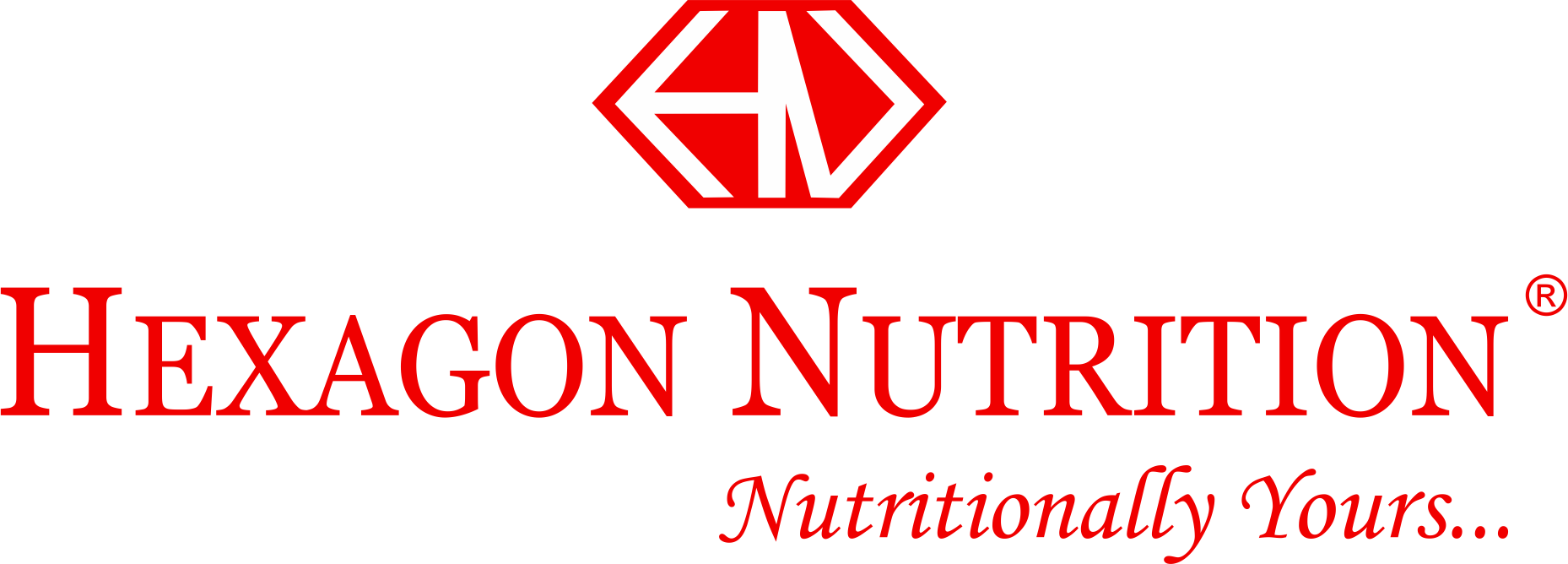Fortification is one of the safest, most effective, and least expensive methods of improving the nutritional value of staple foods like wheat flour, rice, vegetable oil, milk, and salt. This method entails adding essential vitamins and minerals that may have been lost during processing, and it has become well known for its public health benefits. In many countries, fortification of staple foods is now obligatory, and more countries are incorporating it into their awareness campaigns.
The rapid adoption of staple food fortification can be ascribed to several factors, including the fact that it is simple to execute and cost-effective costs less than 2paisa per litre, allowing governments and food manufacturers to see immediate results that assist to justify the initial machinery investment. Food fortification contributes considerably to an entire country’s nutritional condition and public health, saving millions of dollars in healthcare costs each year and allowing more people to work and contribute to the economy.
Fortification of staple foods has the potential to significantly improve the nutritional status of the worldwide population. Governments and the food sector around the world must, however, play a role in bringing about this shift. Ensure that mandatory staple foods are effectively monitored and enforced by both the federal and state governments, as well as by the food sector, to ensure the effectiveness of food fortification projects.
Keeping in mind the importance of Food Fortification in fighting malnutrition and improving the nutritional status of the country, Synnex organized a session on Food Fortification & Health: Enriching Food, Enriching Lives.
The key points discussed were:
-
Formulations of Standards & Regulatory support for Staple Food Fortification.
-
Advantages & Limitations of Staple Food Fortification.
-
Mandatory Vs Voluntary Approach for Staple Food Fortification.
Kickstarting the event and setting the tone, Panel Moderator, Ms. Deepti Gulati, Head of Programs, GAIN stated that Food Fortification is one of the most effective complementary food strategies in addition to dietary diversity & micronutrient supplementation. Getting your micronutrients i.e. vitamins & minerals which are very critical for your health are the “Immunity Boosters”. These are very essential to have in our daily diet, but unfortunately in India, we have a very high deficiency of micronutrients.
These micronutrients are needed in consistent dosages for various critical biochemical processes of our body and to boost up the immune system as well. Dietary diversification is the best choice but sometimes, affordability, accessibility, and availability of these micronutrients are compromised as we consume our regular fruits, vegetables, pulses, cereals, etc. Therefore, that is when we say to supplement our diets with some micronutrient supplements in the form of multivitamins and capsules etc.
Food fortification is another effective way to combat the micronutrient deficiencies via the staple foods we eat such as rice, wheat flour, salt, milk, and oil. Staple food fortification is the most efficient tool to tackle the deficiencies such as Anemia, Vitamin A deficiency, Vitamin Deficiency, etc.
The Industry has been trained for it and Govt. has always been supportive of this initiative for many years and has also been a part of the Poshan Abhiyan Initiative.
On being asked that, “ Is Food Fortification a silver bullet as we all think it is and can it help to eradicate the micronutrient malnutrition or it just complements the efforts towards the betterment of the health”, Dr. Jagmeet Madan, National President, Indian Dietetic Association shared that as a nutritionist and as an academician the synonymous word that I relate to is a balanced diet and dietary diversity. She also added that Food Fortification is not a magic bullet that will eradicate micronutrient malnutrition.
The first step should be the empowerment of people at large, to understand what is diet diversity and to achieve it from the locally available foods which are seasonal, economical. Secondly, Food Fortification is the stepping stone and a complementary strategy where we need there is a dire need to intervene especially for the vulnerable population basis scientific evidence. On behalf of the entire dietetics fraternity, she highlighted that there is a lacuna of regular dynamic dietary robust Indian data that should be generated on a time to time basis. The outcomes will enable us to engage with the larger set of populations.
On being asked, “What are the key areas that the Govt. should focus on for implementing staple food fortification programs under the social food safety net programs” (PDS, ICDS, MDM). Ms. Mini Varghese, Country Director, Nutrition International answered, “The necessary background work that should be in place for social food safety net programs and supply-side driven activities should be completed. 4 key parameters should be considered by the Govt, namely:
-
Long-term commitment & uninterrupted supplies as Food fortification is not a magic bullet that will reach masses overnight.
-
Good quality products at the level of production and supply level.
-
Regular monitoring
-
Awareness of the initiatives
Mr. Kajal Debnath, Chief Regulatory Officer, DFM Foods shared his thoughts on the source of micronutrient intake & its importance. He also shared the comparison between the naturally derived micronutrients that can be available for food fortification vs the synthetic ones. Nowadays a lot of microalgae and scientific research-based and accredited extracts are also available which are completely safe to use and work in the longer run.
Ms. Rohini Saran, Project Lead, Nutrition, PATH India highlighted the opportunities & challenges. In scaling up the staple food fortification and the current status of the regulatory support available in India to encourage the same. She mentioned that FSSAI has already standardized the regulatory guidelines and recently the guidelines for processed foods (Non-HFSS) have also been standardized. Apart from this, the dosage levels are also monitored at all levels so that toxicity can be strictly avoided ensuring safety. ‘Regular training’ for Food safety officers are conducted by FSSAI & the development partners.
Grabbing the opportunity with both hands for Food Fortification, PATH has also been doing some phenomenal work in tapping the outcomes due to Rice Fortification in Gujarat Area. Exceptional results have been seen concerning anemia reduction and enhancement in cognitive abilities in the community. Speaking of the challenges, aligning the supply and demand, maintaining the quality aspects of the fortified products through regular monitoring and audits, and private sector engagement especially rice millers for better penetration at a public health level.
Concluding the session, Food fortification Panel Moderator, Ms. Deepti Gulati, Head of Programs, GAIN said that, “Food Fortification is the “Safest” & “No fear” technology and fulfills 25-30% of the RDA. The upper limit of the tolerance is 600 times the fortification levels which we cannot achieve and that’s why Food fortification is the cost-effective & efficient method to fight hidden hunger.” She also quoted the Rajasthan Case Study of 2012 & the Comprehensive National Nutrition Survey Data which states that the national average for vitamin A deficiency in children 5 – 19 yrs is between 15.5 to 21.9% whereas in Rajasthan it’s only 1% – 1.5%. Perhaps universal fortification of Oil & Milk has contributed to these remarkable numbers.
Also, the Govt. of India is already on board and has already decided that the mega doses of Vitamin A administration will be reconsidered in children to combat Vitamin A deficiencies, she added.
The event was attended by more than 1100 LIVE participants, which included students, public health researchers, stakeholders across the milk value chain such as milk producers, processors, marketers, dairy technologists, scientists, researchers, policymakers, regulatory bodies like FSSAI, GAIN, PATH, FFRC, CII, etc.



